9 Ways to Strengthen Family Partnerships
September 25, 2025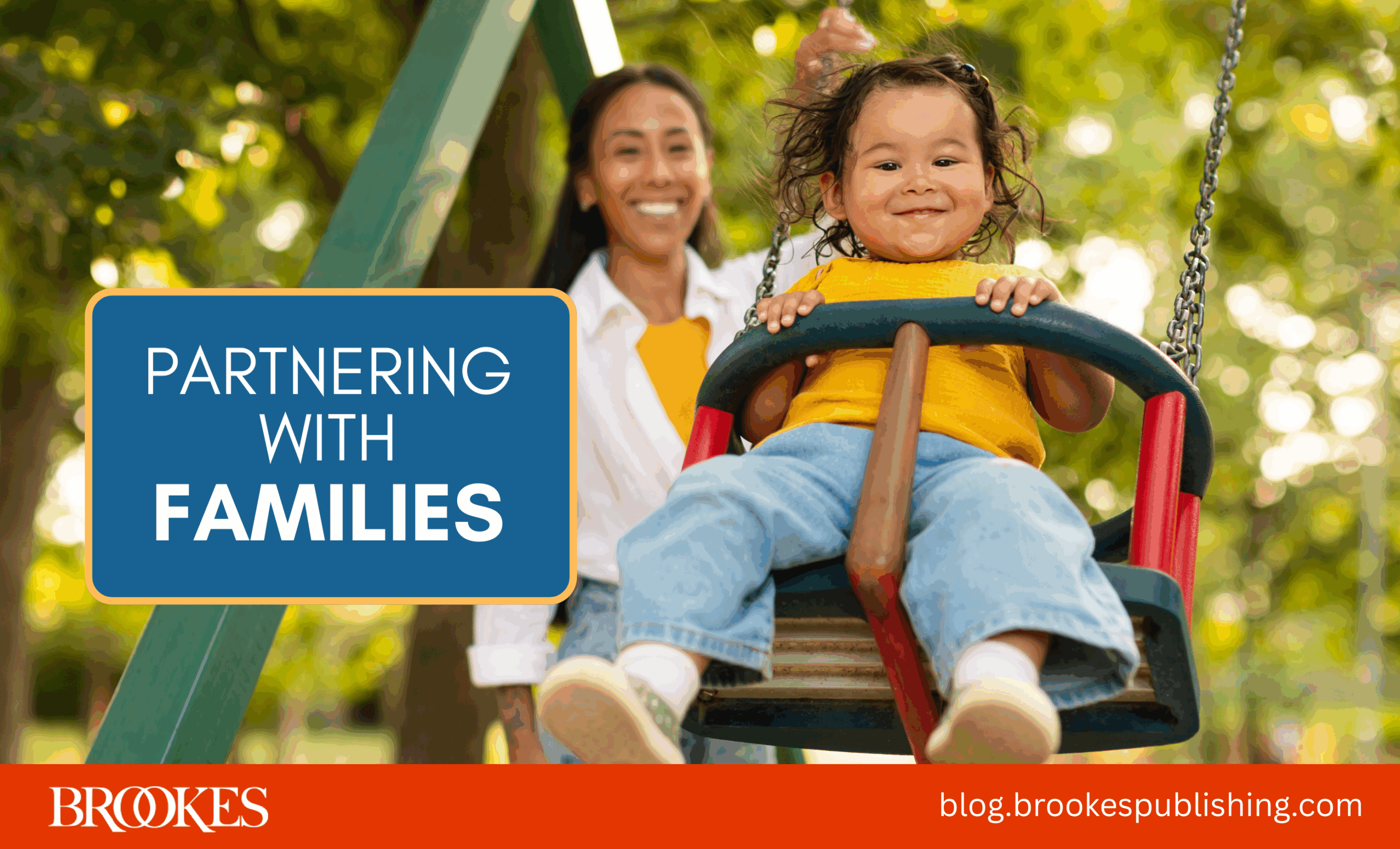
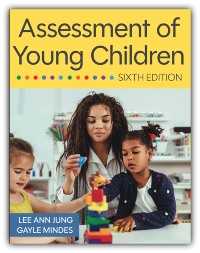 If you work with young children, you know how important it is to make the most of families’ expertise and involve them in supporting their child’s progress. Here are 9 strategies you can use to build stronger partnerships with families, adapted from the new book Assessment of Young Children, Sixth Edition by Lee Ann Jung & Gayle Mindes.
If you work with young children, you know how important it is to make the most of families’ expertise and involve them in supporting their child’s progress. Here are 9 strategies you can use to build stronger partnerships with families, adapted from the new book Assessment of Young Children, Sixth Edition by Lee Ann Jung & Gayle Mindes.
 Plan empowering family support events. When developing family support interventions, families from the classroom should be in the driver’s seat. Try scheduling a craft-making meeting in which parents can lead the activities and informally share experiences, challenges, successes, and questions. Serve as facilitator and consultant, responding to the expressed needs of families. This avoids the ineffective past tradition of “parent education” in which the teacher was the expert, knew what education families needed to improve their parenting skills, and delivered education in a way that best suited themselves. Treat the parent as someone who brings a wealth of experience, a set of understandings, and valid questions and concerns to the process.
Plan empowering family support events. When developing family support interventions, families from the classroom should be in the driver’s seat. Try scheduling a craft-making meeting in which parents can lead the activities and informally share experiences, challenges, successes, and questions. Serve as facilitator and consultant, responding to the expressed needs of families. This avoids the ineffective past tradition of “parent education” in which the teacher was the expert, knew what education families needed to improve their parenting skills, and delivered education in a way that best suited themselves. Treat the parent as someone who brings a wealth of experience, a set of understandings, and valid questions and concerns to the process.
 Brush up your cross-cultural communication skills. In working with families who are newer or less confident in the language(s) you speak, leverage available resources to bridge that gap. Find a person who can translate, use apps, and learn some words and phrases. Being able to say “hello,” “thank you,” “nice to meet you,” “your child is a delight,” and “have a great day” go a long way in showing you care. Also, be aware of the role nonverbal behavior plays cross-culturally so that you are not inadvertently offensive to families. Pointing, eye contact, lack of eye contact, how close you talk, and hand gestures carry different meanings within varying cultures.
Brush up your cross-cultural communication skills. In working with families who are newer or less confident in the language(s) you speak, leverage available resources to bridge that gap. Find a person who can translate, use apps, and learn some words and phrases. Being able to say “hello,” “thank you,” “nice to meet you,” “your child is a delight,” and “have a great day” go a long way in showing you care. Also, be aware of the role nonverbal behavior plays cross-culturally so that you are not inadvertently offensive to families. Pointing, eye contact, lack of eye contact, how close you talk, and hand gestures carry different meanings within varying cultures.
 Avoid labeling families as “difficult.” Instead, take the time to try to understand what is beneath the surface of the behavior. For example, a mother who carries her 3-year-old with disabilities in her arms rather than purchasing a wheelchair might be seen as “overprotective” and “babying.” But maybe this parent is having a difficult time considering that her child may have a lifelong disability and may never walk. Maybe it is psychologically easier for her to think of her child as a baby instead of a person with significant disabilities. Perspective taking can help us to be sensitive to these possibilities and not stigmatize parents or children, particularly those with disabilities.
Avoid labeling families as “difficult.” Instead, take the time to try to understand what is beneath the surface of the behavior. For example, a mother who carries her 3-year-old with disabilities in her arms rather than purchasing a wheelchair might be seen as “overprotective” and “babying.” But maybe this parent is having a difficult time considering that her child may have a lifelong disability and may never walk. Maybe it is psychologically easier for her to think of her child as a baby instead of a person with significant disabilities. Perspective taking can help us to be sensitive to these possibilities and not stigmatize parents or children, particularly those with disabilities.
 Choose words with care. Always attend to your tone and attitude when talking with families. Describe the child’s development, learning, and any concern in specific, observable language. For example, instead of saying, “Spencer was angry and displayed a tantrum,” add behavioral descriptions: “Spencer had trouble regulating a tough emotion today. He seemed to struggle with dealing with feeling angry and coped by throwing a book at a friend and speaking loudly while leaving the book area. I want to help him manage big emotions in better ways. What do you think?” Label judgments, opinions, and hypotheses clearly. Avoid sweeping generalizations and value judgments.
Choose words with care. Always attend to your tone and attitude when talking with families. Describe the child’s development, learning, and any concern in specific, observable language. For example, instead of saying, “Spencer was angry and displayed a tantrum,” add behavioral descriptions: “Spencer had trouble regulating a tough emotion today. He seemed to struggle with dealing with feeling angry and coped by throwing a book at a friend and speaking loudly while leaving the book area. I want to help him manage big emotions in better ways. What do you think?” Label judgments, opinions, and hypotheses clearly. Avoid sweeping generalizations and value judgments.
 Reduce barriers. In scheduling meetings and conferences, be sure that your program or school does not create barriers for parental comfort and participation. Hold conferences when families can come to school conveniently. Provide childcare, if possible. Observe appropriate time-keeping customs for the community—if families view the starting time as a target time to arrive at the meeting, then allow appropriate latitude in keeping with the cultural community perspective.
Reduce barriers. In scheduling meetings and conferences, be sure that your program or school does not create barriers for parental comfort and participation. Hold conferences when families can come to school conveniently. Provide childcare, if possible. Observe appropriate time-keeping customs for the community—if families view the starting time as a target time to arrive at the meeting, then allow appropriate latitude in keeping with the cultural community perspective.
 Be sensitive to individual needs. For example, a sit-down conference may be difficult for a parent who has a new baby and a preschooler in your program, or a parent working evening shifts or multiple jobs. They may prefer to meet by phone or online. Home visiting is another option you can offer, but some parents may prefer not to have the privacy of their home invaded by the school. Others may feel it is their responsibility as a parent to go to the school.
Be sensitive to individual needs. For example, a sit-down conference may be difficult for a parent who has a new baby and a preschooler in your program, or a parent working evening shifts or multiple jobs. They may prefer to meet by phone or online. Home visiting is another option you can offer, but some parents may prefer not to have the privacy of their home invaded by the school. Others may feel it is their responsibility as a parent to go to the school.
 Create a comfortable space in your classroom. For the first parent-teacher conference of the year, it’s helpful to hold it in the classroom. Your seating and room arrangement will set the tone. Bring in enough adult-sized chairs for families and teachers to sit comfortably. If the conference occurs during class time, choose a small, quiet space or conference room for the conversation. Be sure that everyone can see each other at the conference and that there is appropriate space. Too much open space may be intimidating, but a room so small that adequate personal space isn’t available may be uncomfortable.
Create a comfortable space in your classroom. For the first parent-teacher conference of the year, it’s helpful to hold it in the classroom. Your seating and room arrangement will set the tone. Bring in enough adult-sized chairs for families and teachers to sit comfortably. If the conference occurs during class time, choose a small, quiet space or conference room for the conversation. Be sure that everyone can see each other at the conference and that there is appropriate space. Too much open space may be intimidating, but a room so small that adequate personal space isn’t available may be uncomfortable.
 Practice deescalation. Responding in supportive ways to parents’ intense emotions takes skill and practice. It can be difficult to regulate our own emotions and not feel defensive when a parent says something like, “You don’t discipline my child when she needs it, and this is going to completely spoil her.” But it’s imperative that you keep it together and respond in an effective way. Your primary goal in this heightened moment is not to prove you’re right—it’s to preserve the relationship. Deescalate by saying implicitly 1. I hear you, and 2. I value your feelings and thoughts. You might say, “I can totally see how you might feel that way. It makes complete sense. Would it be okay if I explain the rules I have to follow and why we respond to challenging behaviors the way we do?”
Practice deescalation. Responding in supportive ways to parents’ intense emotions takes skill and practice. It can be difficult to regulate our own emotions and not feel defensive when a parent says something like, “You don’t discipline my child when she needs it, and this is going to completely spoil her.” But it’s imperative that you keep it together and respond in an effective way. Your primary goal in this heightened moment is not to prove you’re right—it’s to preserve the relationship. Deescalate by saying implicitly 1. I hear you, and 2. I value your feelings and thoughts. You might say, “I can totally see how you might feel that way. It makes complete sense. Would it be okay if I explain the rules I have to follow and why we respond to challenging behaviors the way we do?”
 Keep communication going all year. At the beginning of programs, describe your philosophy and curriculum to parents. Then stay in touch with families through chats, telephone visits, or email conversations. Report at regularly scheduled times through conferences and report cards, and meet with families and others on a multidisciplinary team when behavioral challenges or developmental concerns arise. (Need more tips? Here are 18 Ways to Connect and Communicate with Families.)
Keep communication going all year. At the beginning of programs, describe your philosophy and curriculum to parents. Then stay in touch with families through chats, telephone visits, or email conversations. Report at regularly scheduled times through conferences and report cards, and meet with families and others on a multidisciplinary team when behavioral challenges or developmental concerns arise. (Need more tips? Here are 18 Ways to Connect and Communicate with Families.)
Making families comfortable, accentuating the positive, and maintaining open and respectful communication will help you make the most of your partnerships with children’s caregivers. For more in-depth guidance on family partnerships and the whole early childhood assessment process, check out the book behind this article!

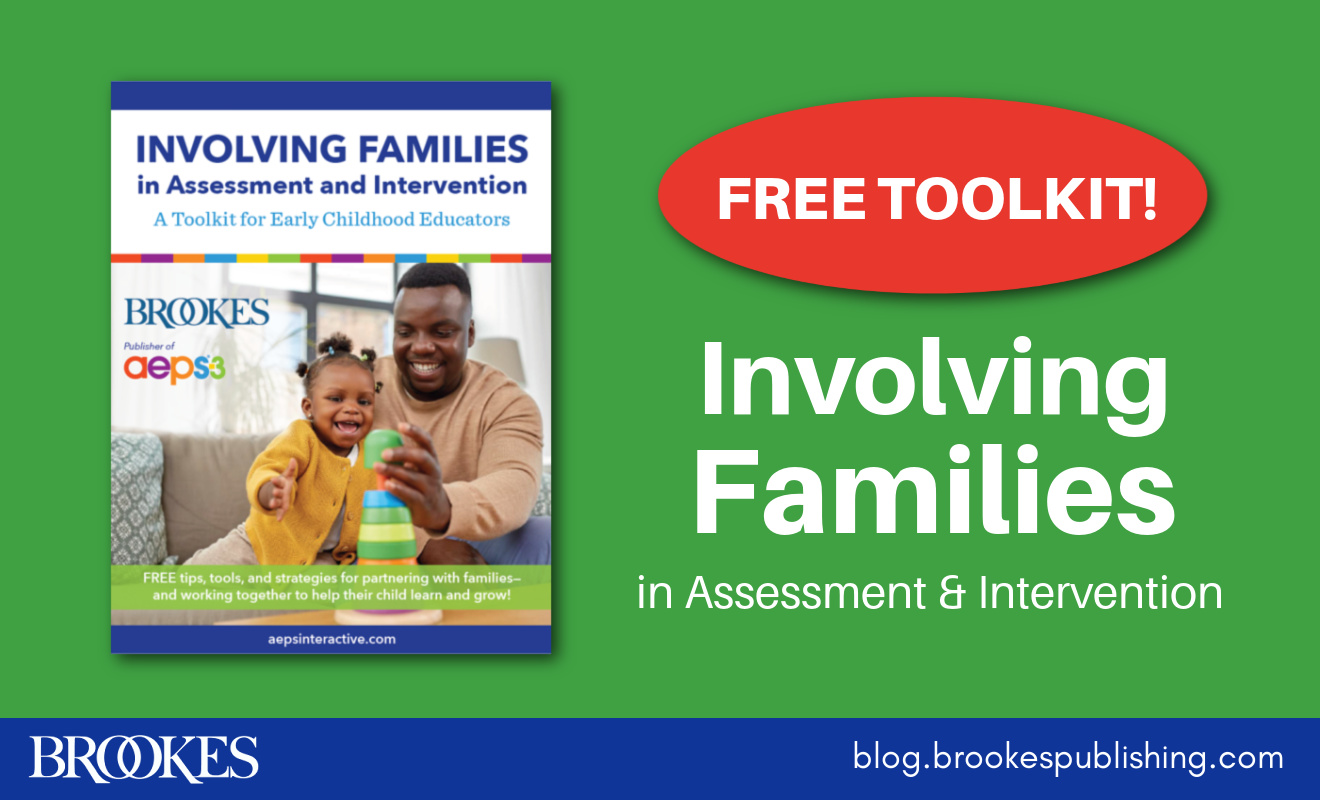
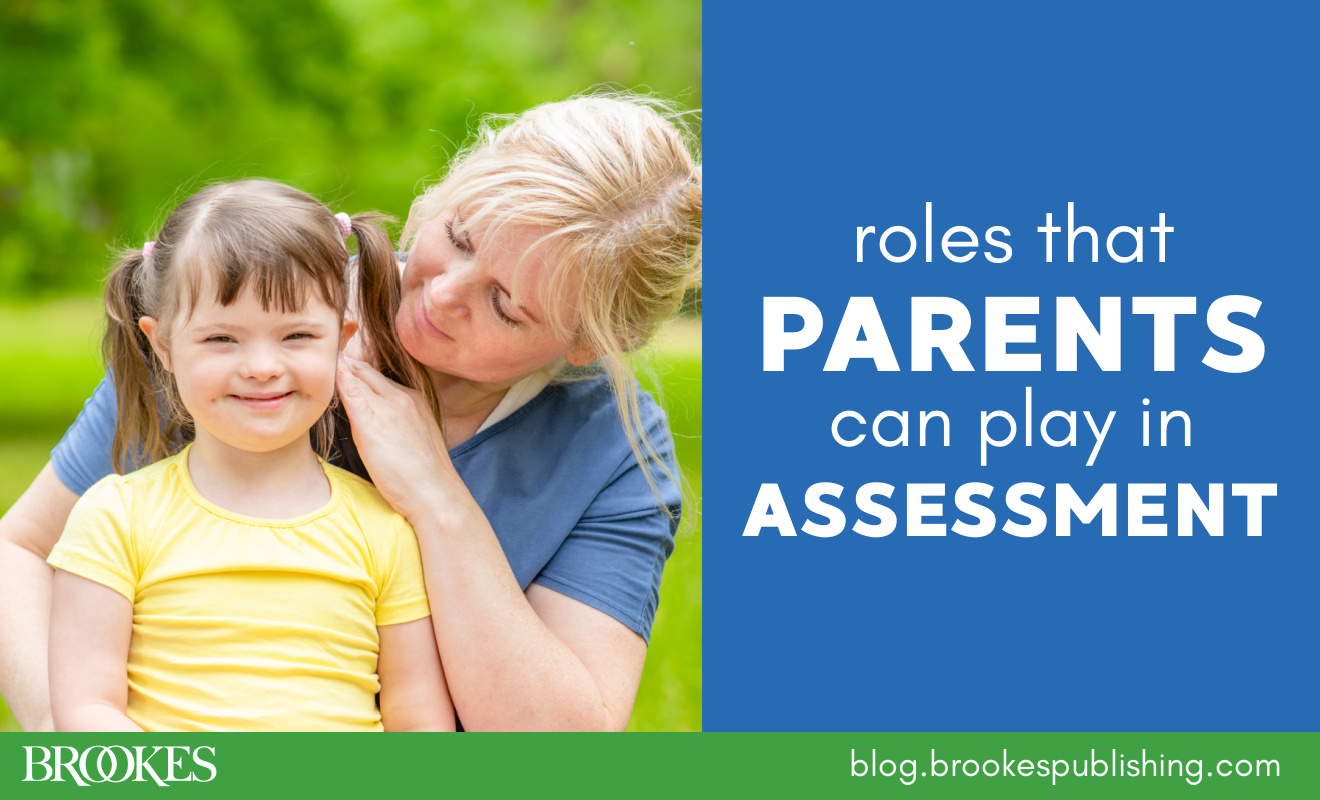
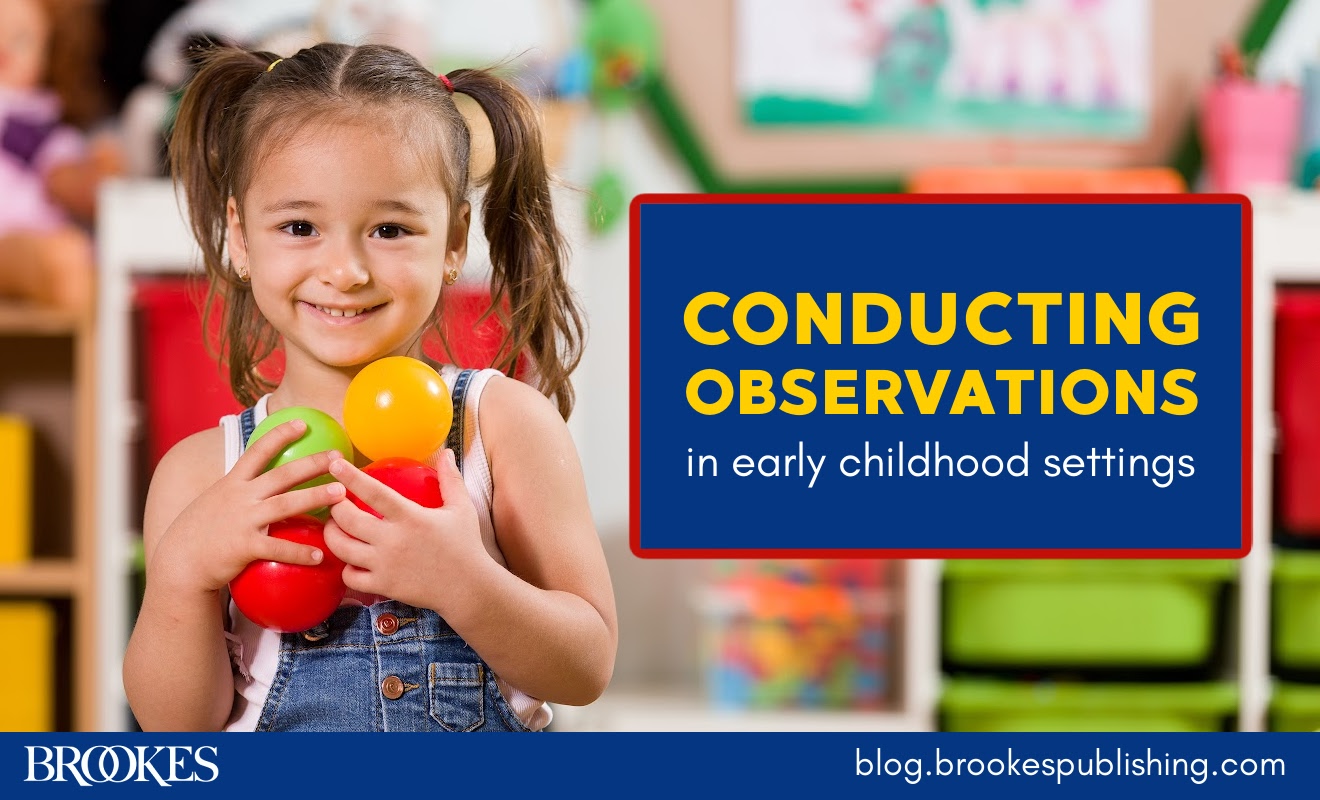
Write a Comment
Your email address will not be published. Required fields are marked *
Post a Comment